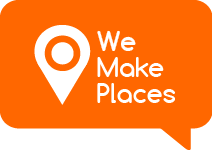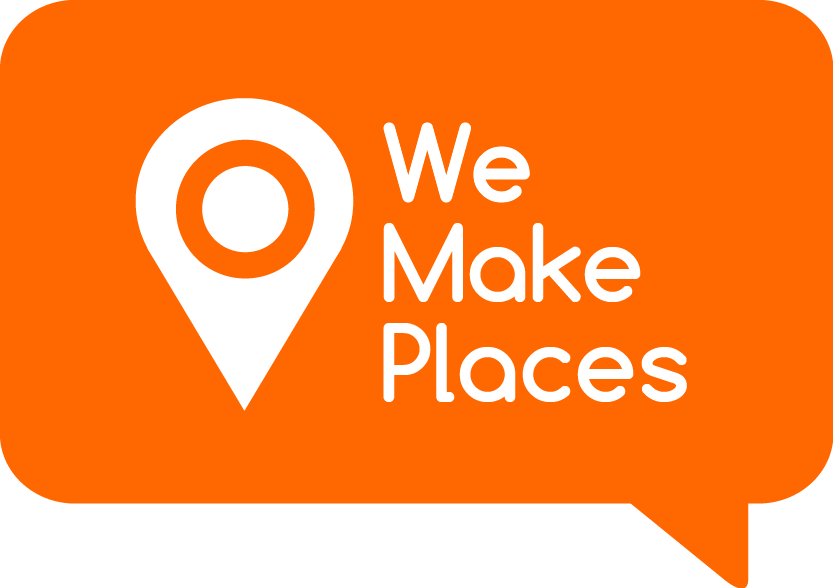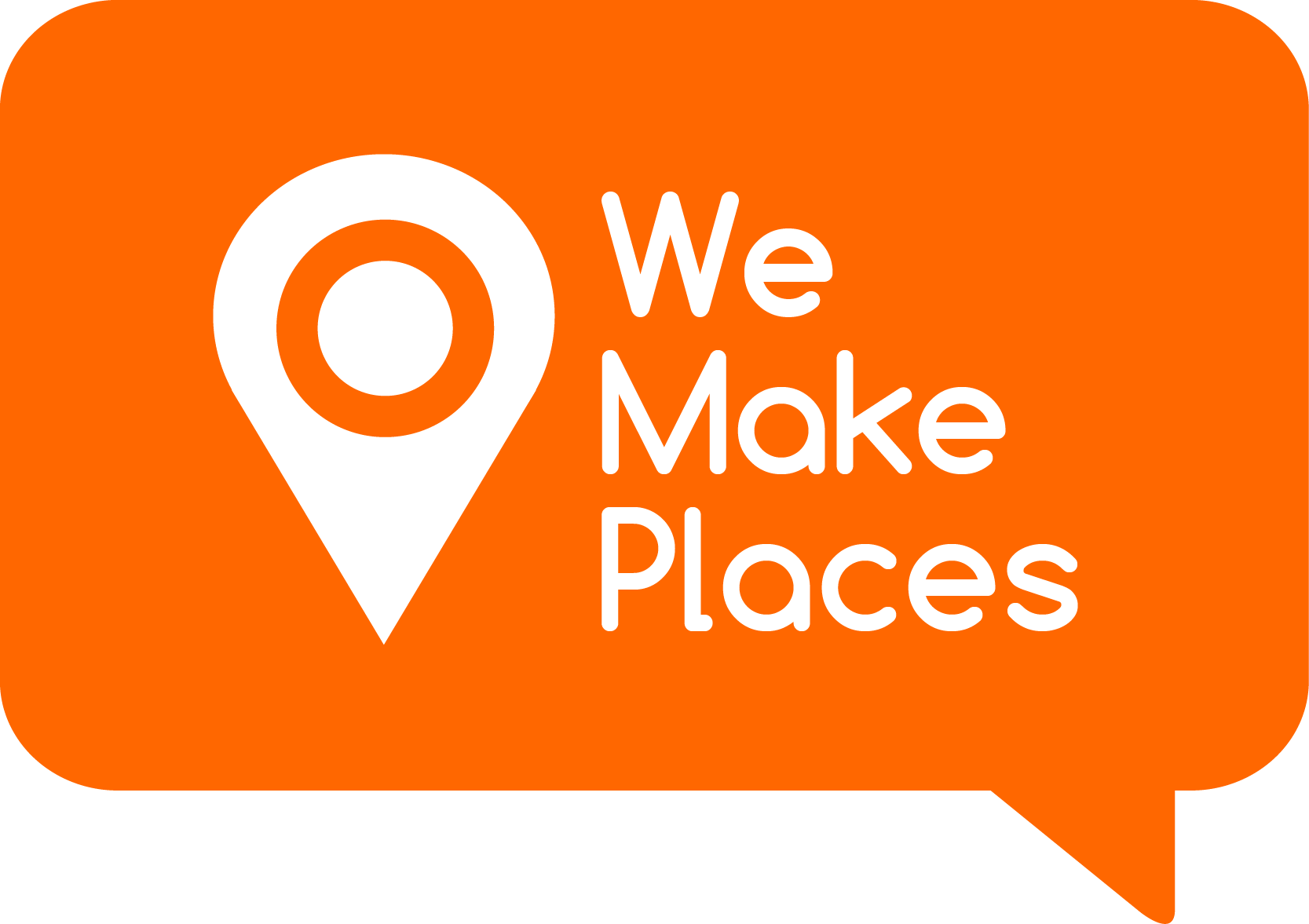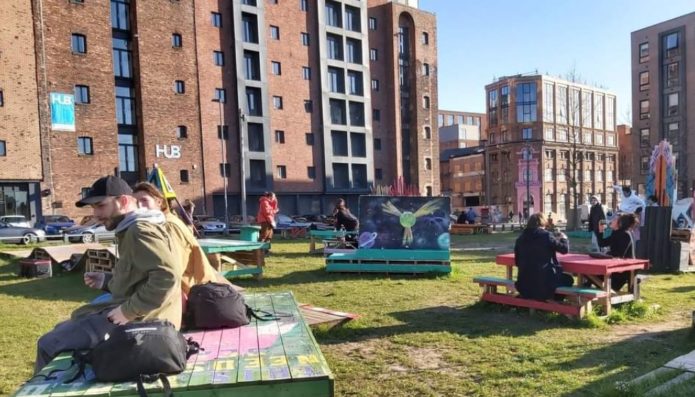Published in July 2021, the Executive Summary of ‘Our Land’, the Liverpool City Region Land Commission (initiated by Steve Rotheram) outlines its process of inviting experts on democratic land reform to “think imaginatively and come back […] with radical recommendations for how we can make the best use of publicly-owned land to make this the fairest and most socially inclusive city region in the country”
Passing by Baltic Green on Thursday morning, I witnessed city council employees using heavy plant to rip-up this citizen-led park. This public space activated by local people during lockdown, offers a space for social interaction, play and quiet contemplation by many every day. On the surface of it, such an act of demolition certainly doesn’t exactly smack of fairness and social inclusion. To offer some understanding, there is news today which suggests there was a rodent infestation under some of the structures. But did this warrant wholesale removal of absolutely everything without prior warning to the community who invested in this space? How fair and socially inclusive is this action?
In the press, a council employee has stated that there are plans to create a new ‘park’ on the site. It may be that a new park does take shape – it might even be ok; however it’s time to stand back and take stock as what happens next is important. There is considerable opportunity for the city to involve the community in the shaping and stewardship of the green. This community space was created through passion and sweat of local people, a fantastic response to a previously unloved, somewhat abandoned public space.
Across our underfunded, cash-strapped city many ‘publicly’ owned pockets of space, some very close to this site, have been lost to rampant and unforgiving real estate development, with scores of Section 106 payments waived for developers who could most definitely have afforded them. ‘Our Land’, states that the prolific privatisation of (Liverpool’s) public space has ‘failed to economically benefit large numbers of marginalised residents and peripheral neighbourhoods..’
Right now, the city has the opportunity to make good on the intent set out in the report. Regardless of the quality of the materials or infestation issues of the recent installations on Baltic Green, it has proved a fertile testing ground for community use during lockdown and beyond. Local resident Ben Faulkner tweeted: ‘For the majority of local residents who live in apartments, this was their garden, their social space, a place to meet with friends and make new friends, now completely destroyed‘
“Cities have the capability of providing something for everybody, only because, and only when, they are created by everybody”
JANE JACOBS
The community built it, others came, they tested it, some of it may not have worked, however it appears lots did. A brief look at the social media of Baltic Green shows plenty of evidence in photos and lived experiences. This level of testing and stewardship is gold dust to the process of redeveloping and improving public space.
So, what next? Will the city do the right thing and hold conversations with the community? Will they ensure any new ‘park’ seizes upon the work and experiences of the people that have invested so far? Do they have the skills to do this even if they have the intent? The council have the opportunity to move forward as an ‘enabler’ rather than continue to be perceived as a destroyer of community space.
The ‘Our Land’ document sets out a vision, framework and governance of land, containing 13 recommendations. Item 7 talks of the ‘framework for responsible stewardship of land’. The Baltic Green community have provided their city with an ideal pilot project, perfectly demonstrating process that encourages great stewardship. It walks the talk of the ‘Our Land’ paper. It’s time for the city to look to the future WITH its citizens.
Photo credit: @benzini00
Some more background
The Baltic Green was one of We Make Places’ original provocations for the city (along with The Flyover project) back in 2014. In 2015 we worked with Tristan Brady-Jacobs to begin the first community engagement around what the space could become. Tristan has worked tirelessly since then and had agreements in place from the Council to allow use of the space.




